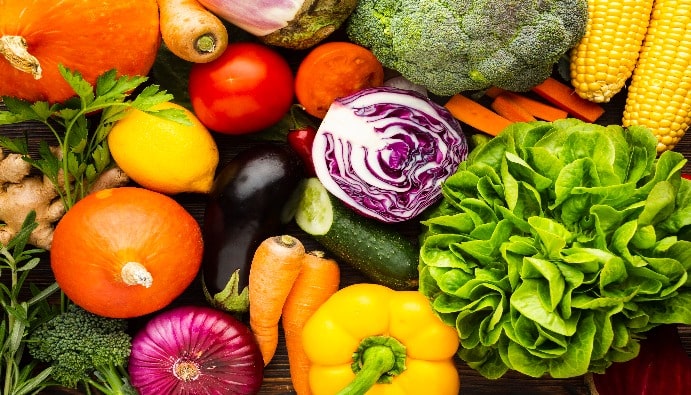Determination of Water Activity in Foods: Shelf Life
What Does Water Activity in Foods Mean?

Water activity (aw) is a measure of the proportion of free water in a food and is one of the most important factors affecting the resistance of food to microbial spoilage, chemical stability and shelf life. Water activity determination is a frequently used analysis method to ensure quality control, reliability and stability in foods.
What is Water Activity?
Water activity indicates how much of this water is available for microorganisms, enzymes and chemical reactions, not the total amount of water contained in a product. Water activity is a value between 0 and 1:
- 0: It means that no water is present.
- 1: It means pure water.
Values ranging from 0.2 to 0.9 are usually seen in foods.
Why is Water Activity Determined?
- Preventing Microbial Degradation:
- Microorganisms need a certain level of water activity to grow. For example
- Bacteria: aw > 0.9
- Yeasts: aw > 0.8
- Molds: aw > 0.7
- When water activity is low, the risk of microbial spoilage is reduced.
- Extending Shelf Life:
- One of the most important factors determining the shelf life of products is water activity. Low water activity contributes to slowing down oxidation and enzymatic reactions.
- Preservation of Product Quality:
- Controlling water activity helps to maintain product texture, taste and other sensory characteristics.
- Optimization of the Production Process:
- Water activity measurements ensure that the correct moisture levels are maintained during production.
- Legal Compliance and Labeling:
- Food codexes can define water activity limits, especially for products with a long shelf life.
Which Products Are Analyzed for Water Activity?
- Dry Foods: Crackers, flour, dried fruit, dried nuts.
- Sugary Foods: Chocolate, jam, confectionery.
- Dairy Products: Cheese, powdered milk, yogurt.
- Meat and Fish Products: Salami, sausages, canned fish.
- Bakery Products: Cakes, cookies, bread.
- Prepared Foods and Sauces: Ketchup, mayonnaise, instant soups.
Related Regulations and Standards
- Turkish Food Codex: Contains regulations setting water activity limits for food products. For example, water activity values are defined against microbial risks in dry products and fermented products such as cheese.
- Codex Alimentarius: International standards recognize water activity as one of the critical quality parameters.
- ISO 18787:2017: Provides a standardized method for measuring water activity in food and feed.
- FDA (Food and Drug Administration): Mandates the control of water activity to ensure the safety and stability of food products in the US.
Nanolab Laboratories Group continues to provide services within the scope of Water Activity Determination in Foods. We also provide services in Shelf Life Studies in Foods.
Contact us for more information.
You can follow us on LinkedIn for up-to-date news and posts about our services.
Follow our Instagram account to be informed about our latest blog posts.

